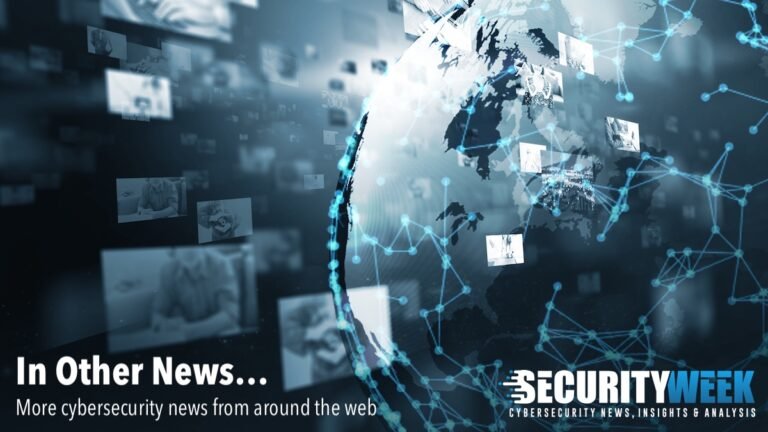Fast Facts
-
vBulletin Vulnerability: A security flaw in versions 4.x of vBulletin forum software, due to a faulty 2014 patch, allows for potential remote code execution, as exposed by researcher Egidio Romano.
-
Chinese Cyber Attacks: Salt Typhoon, a China-linked hacker group, has likely targeted Digital Realty and Comcast, with confirmations from the NSA and CISA regarding their compromise.
-
CISA Budget Cuts: The House Appropriations Subcommittee approved a $135 million budget cut for CISA in fiscal 2026, reducing its funding to $2.7 billion, although this is less severe than initial proposals.
- Identifying Cybercrime Forum Users: Dutch police have identified 126 individuals linked to the Cracked.io cybercrime forum, with most facing notifications rather than prosecution, highlighting the young demographic of offenders.
Underlying Problem
In a recent cybersecurity news roundup by SecurityWeek, various significant developments underscore the evolving threat landscape. Egidio Romano’s revelation concerning a vulnerability in the vBulletin forum software has raised alarms, as a flawed security patch from 2014 has inadvertently paved the way for potentially exploitative remote code execution via post-authentication PHP object injection. Meanwhile, sources indicate that the China-linked threat group Salt Typhoon has likely targeted major players like Digital Realty and Comcast, prompting the NSA and CISA to launch investigative measures into these breaches.
Other noteworthy stories include the House Appropriations Subcommittee’s approval of a budget cut for the cybersecurity agency CISA, which would reduce their funds by $135 million for the next fiscal year. Additionally, Dutch law enforcement has identified 126 users of the cybercrime forum Cracked.io, revealing a concerning trend among its young demographics. In operational advancements, companies like Cisco and Honeywell are enhancing their security offerings, while concerns grow over a coordinated wave of brute force attacks targeting Apache Tomcat Manager interfaces. Thus, these varied narratives reflect the complex and often precarious nature of contemporary cybersecurity, underscoring the necessity for vigilant and adaptive measures.
Risks Involved
The risks posed by these recent cybersecurity incidents extend far beyond the immediate victims, creating a ripple effect that could jeopardize other businesses and organizations. For instance, the vBulletin vulnerability, if exploited, could lead to widespread data breaches, impacting forums and networks reliant on this software and eroding user trust, which is crucial for engagement and retention. Similarly, the attack on Digital Realty and Comcast underscores the vulnerability of critical infrastructure, threatening service continuity and reliability across industries that depend on these providers. Moreover, the reported cuts to CISA’s budget signal a diminished capacity for national cybersecurity oversight, potentially leaving a governance vacuum that could embolden threat actors, thereby increasing the risk profile for all organizations operating within the same digital ecosystem. As such, the cybersecurity landscape demands vigilance and proactive collaboration among all stakeholders to mitigate these multifaceted risks, underscoring the interconnected nature of today’s digital threats.
Possible Action Plan
Timely remediation is critical in a digital landscape where the ramifications of security breaches can be extensive and far-reaching. The incidents involving a Cloudflare outage, the exposure of Cracked.io users, and the financial repercussions of the Victoria’s Secret cyberattack underscore the urgency for swift and strategic responses.
Mitigation Steps
- Conduct Vulnerability Assessments
- Implement Multi-Factor Authentication
- Regularly Update Software
- Train Employees on Cybersecurity Best Practices
- Establish an Incident Response Plan
- Monitor Network Traffic
- Encrypt Sensitive Data
NIST CSF Summary
According to the NIST Cybersecurity Framework (CSF), timely incident response is integral to managing cybersecurity risks effectively. The framework emphasizes the need for a proactive approach to identify and mitigate risks promptly. For more in-depth guidance, refer to NIST SP 800-61, which provides strategies for computer security incident handling and management.
Advance Your Cyber Knowledge
Discover cutting-edge developments in Emerging Tech and industry Insights.
Understand foundational security frameworks via NIST CSF on Wikipedia.
Disclaimer: The information provided may not always be accurate or up to date. Please do your own research, as the cybersecurity landscape evolves rapidly. Intended for secondary references purposes only.
Cyberattacks-V1

